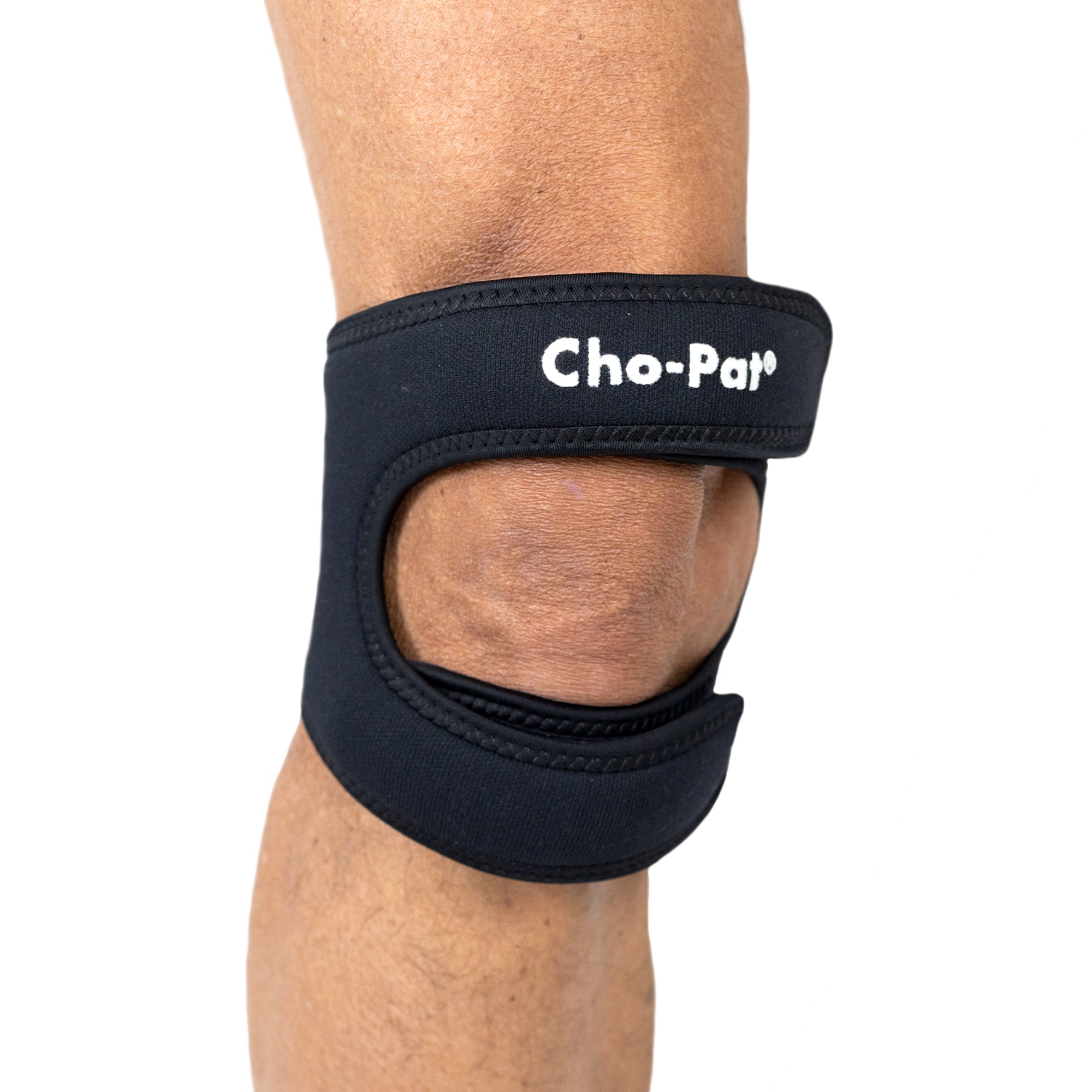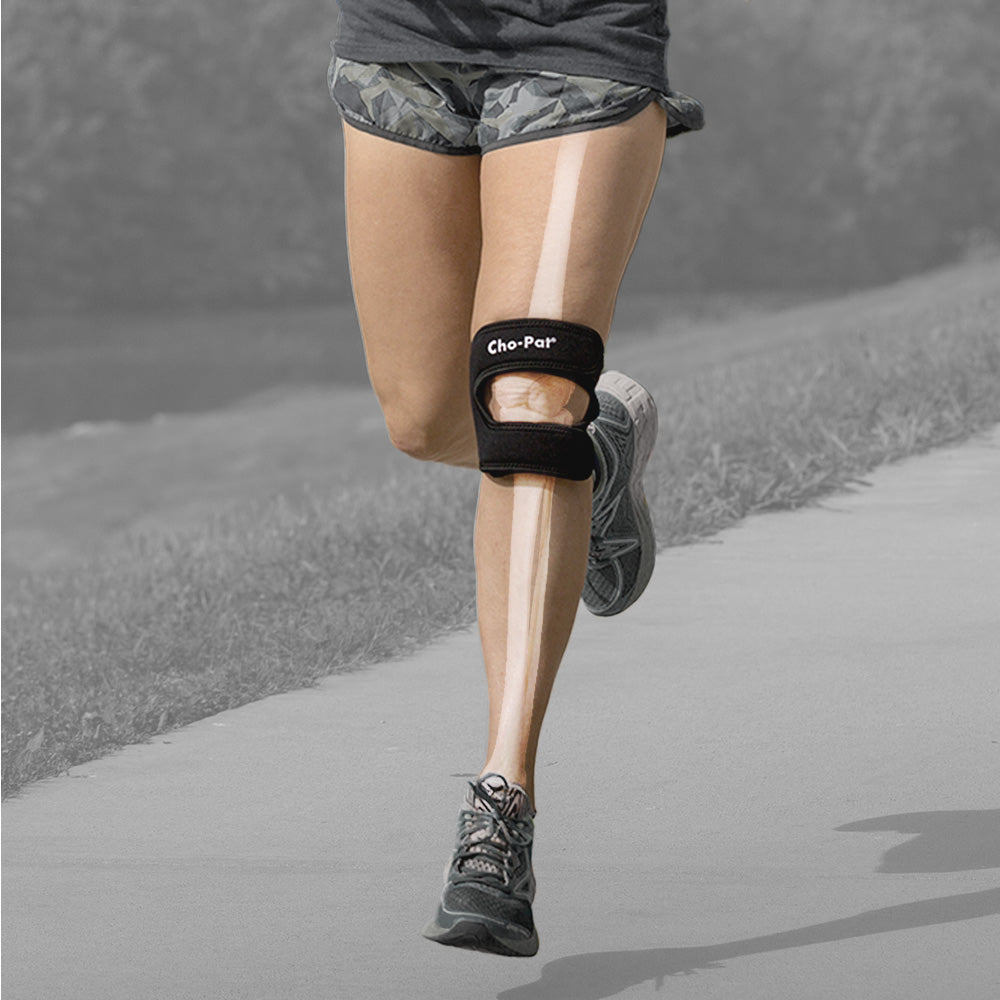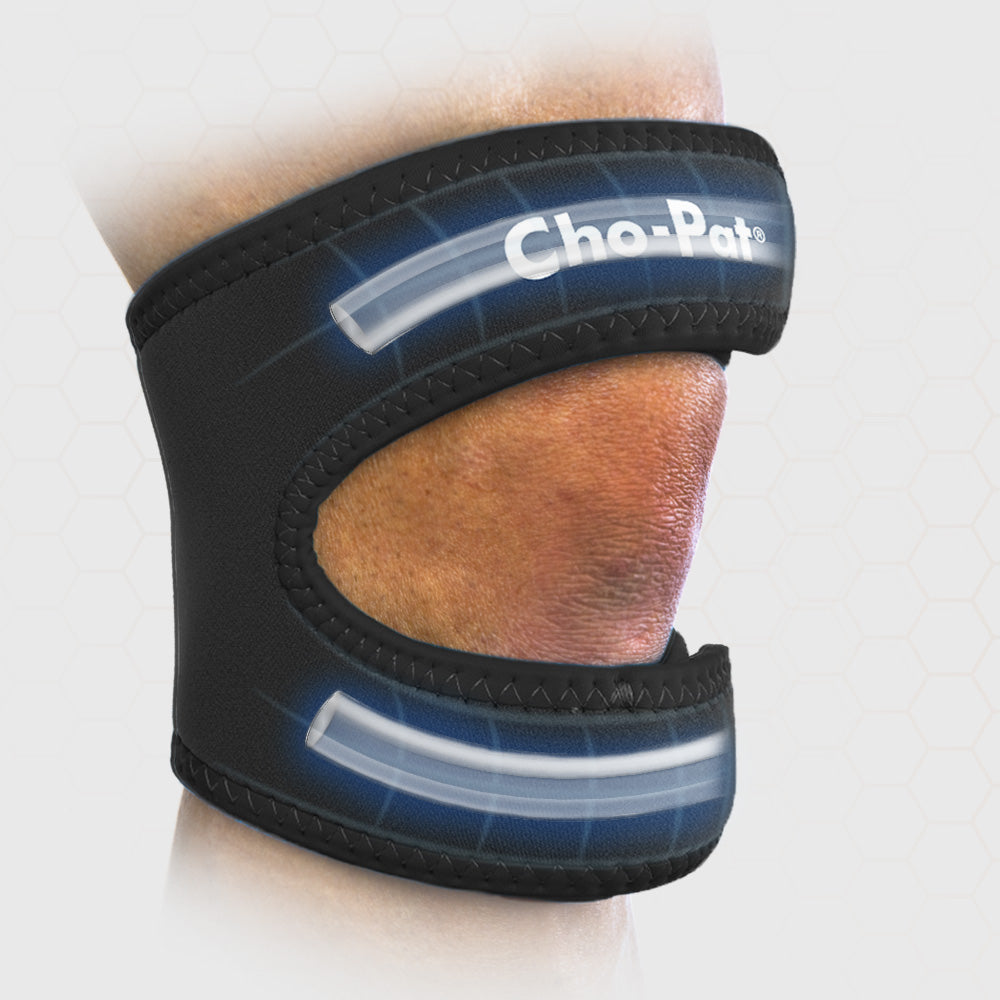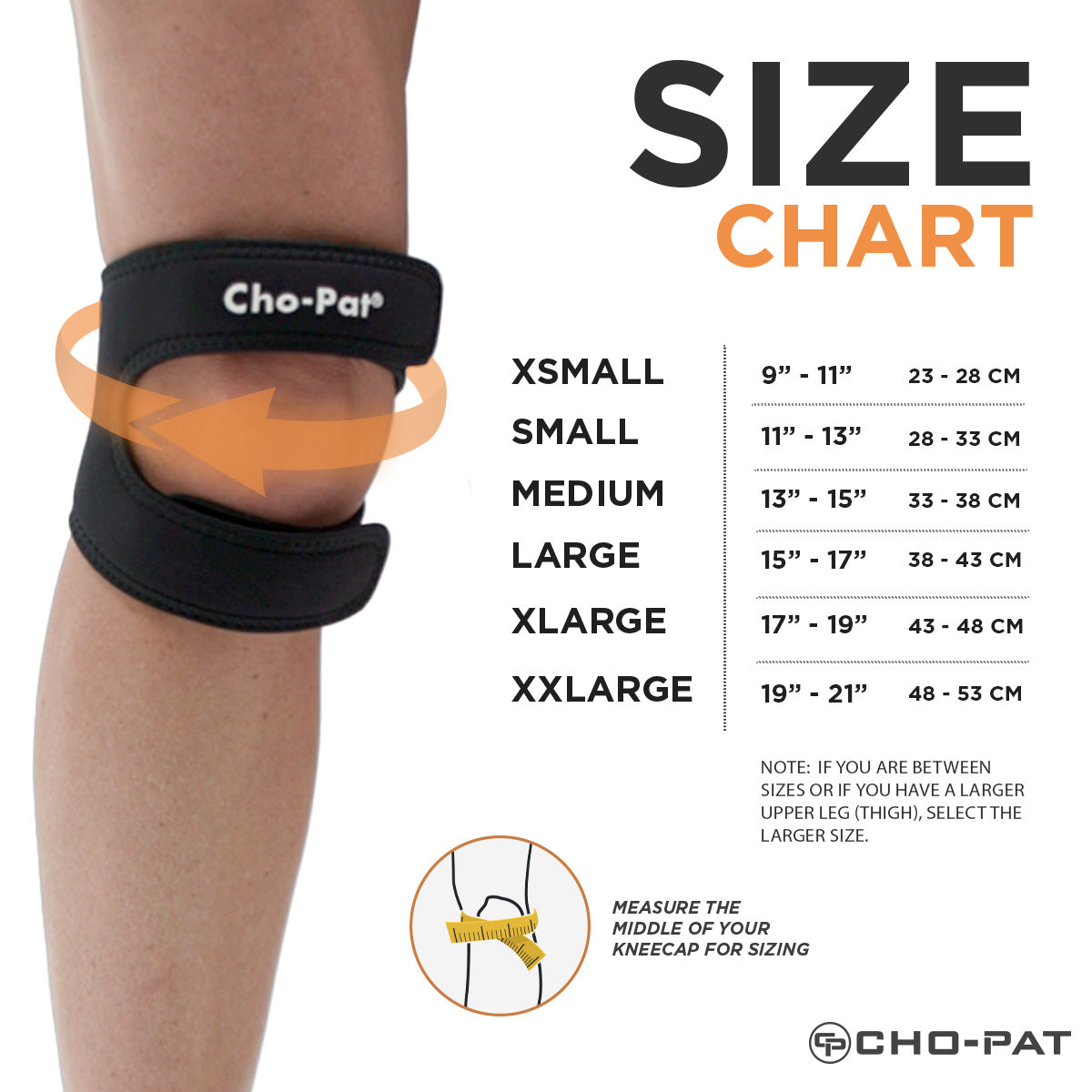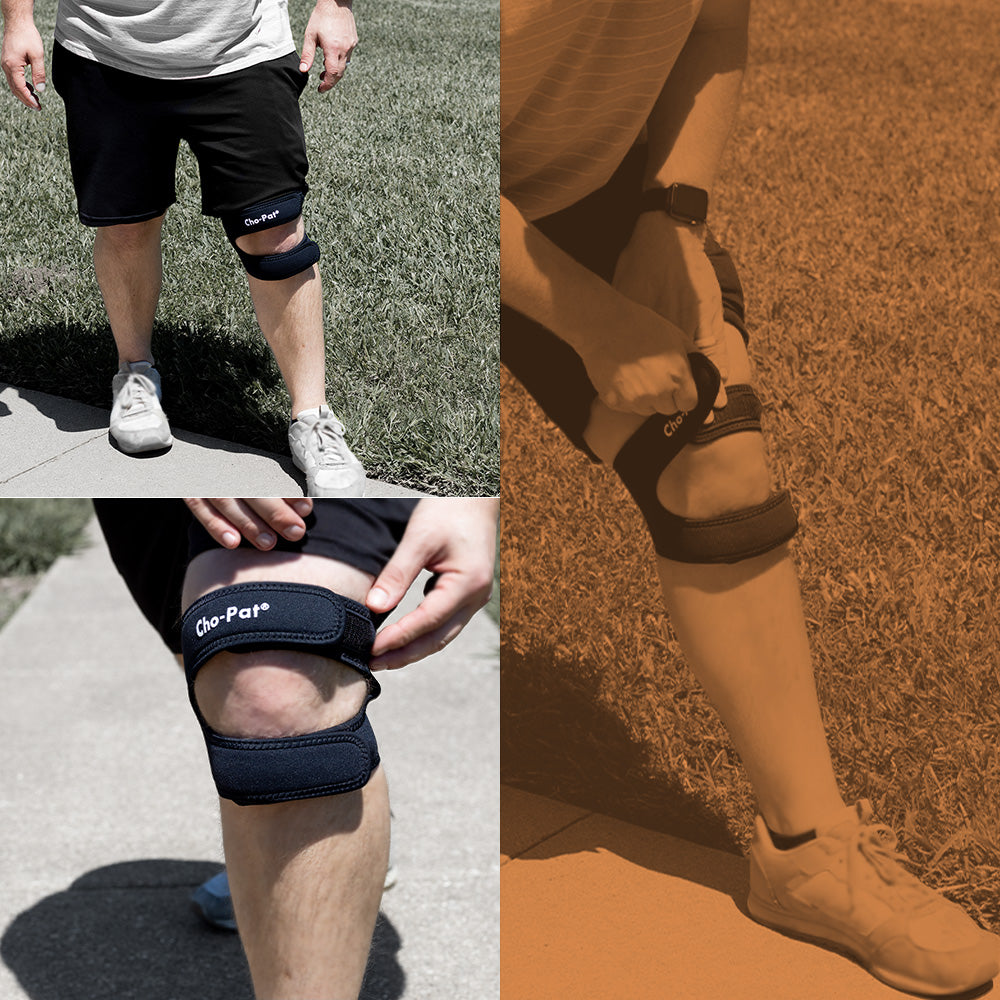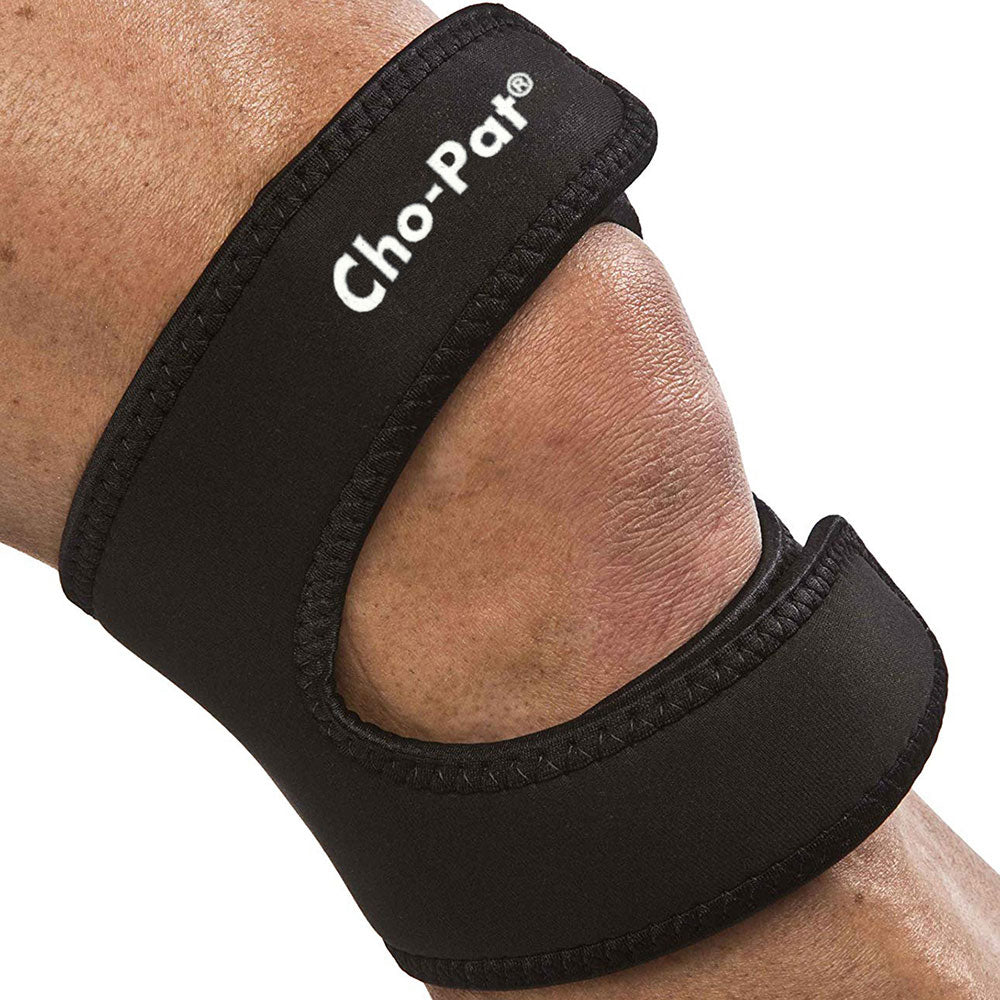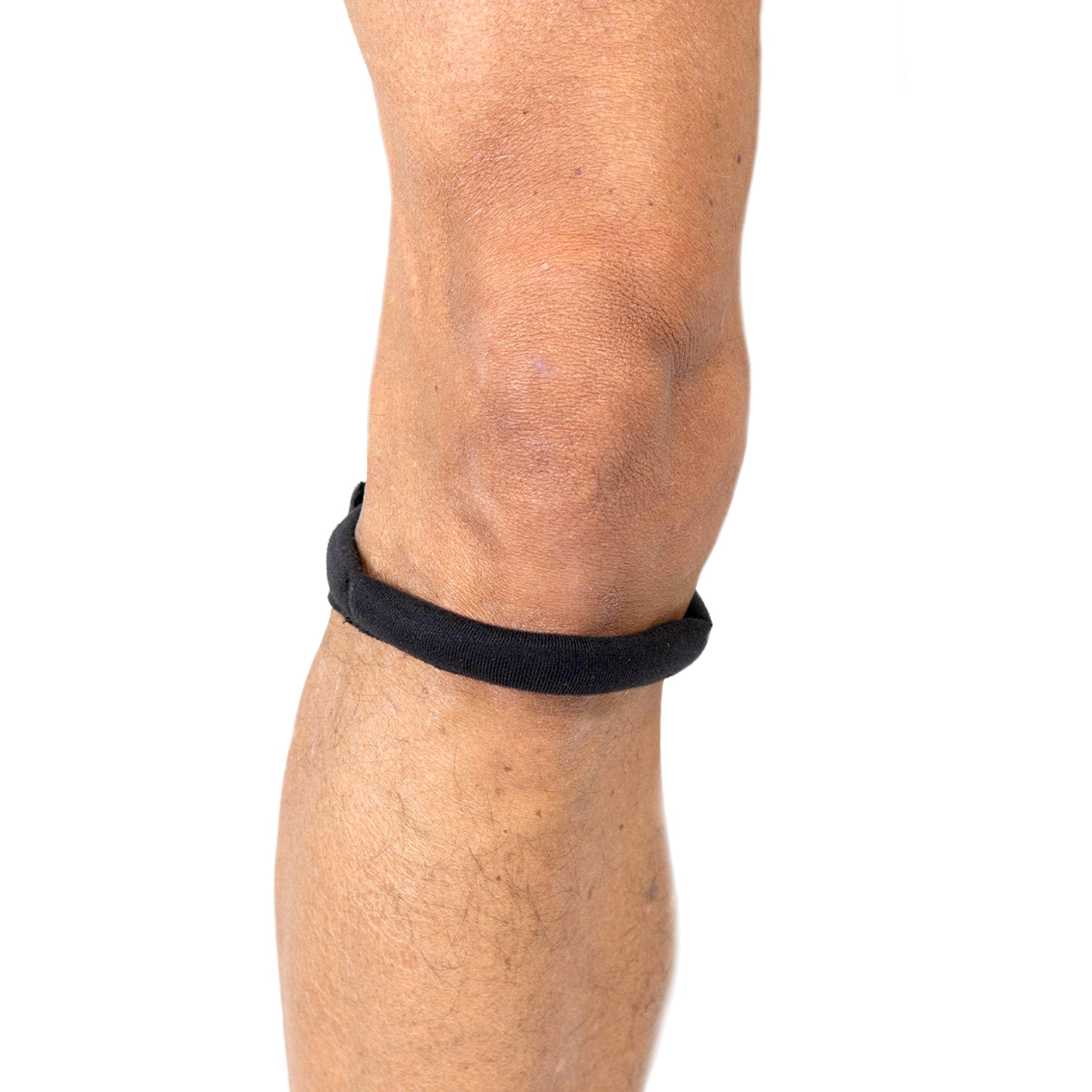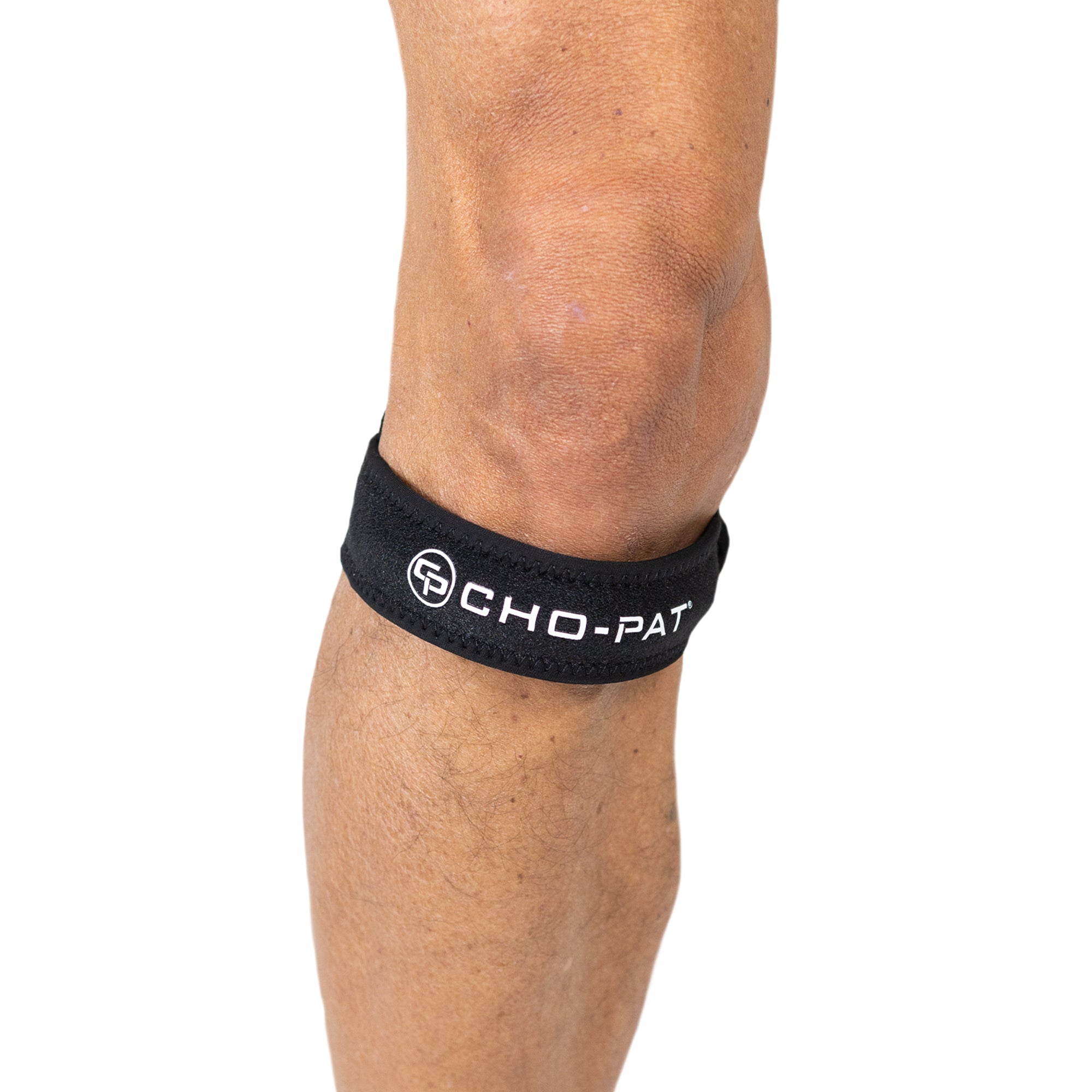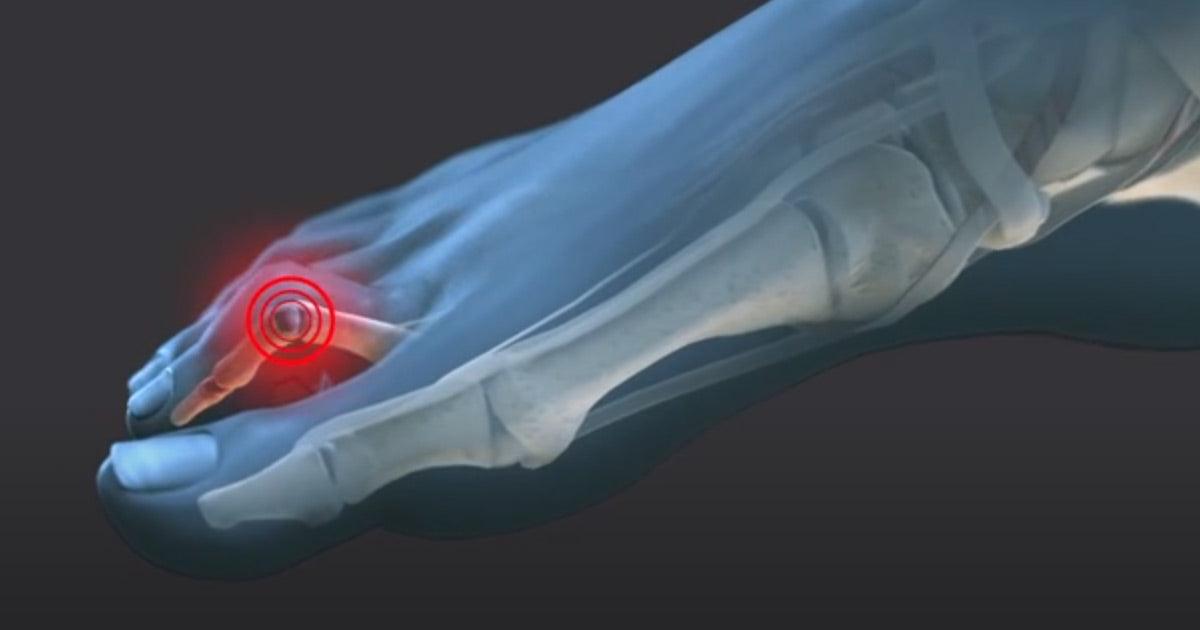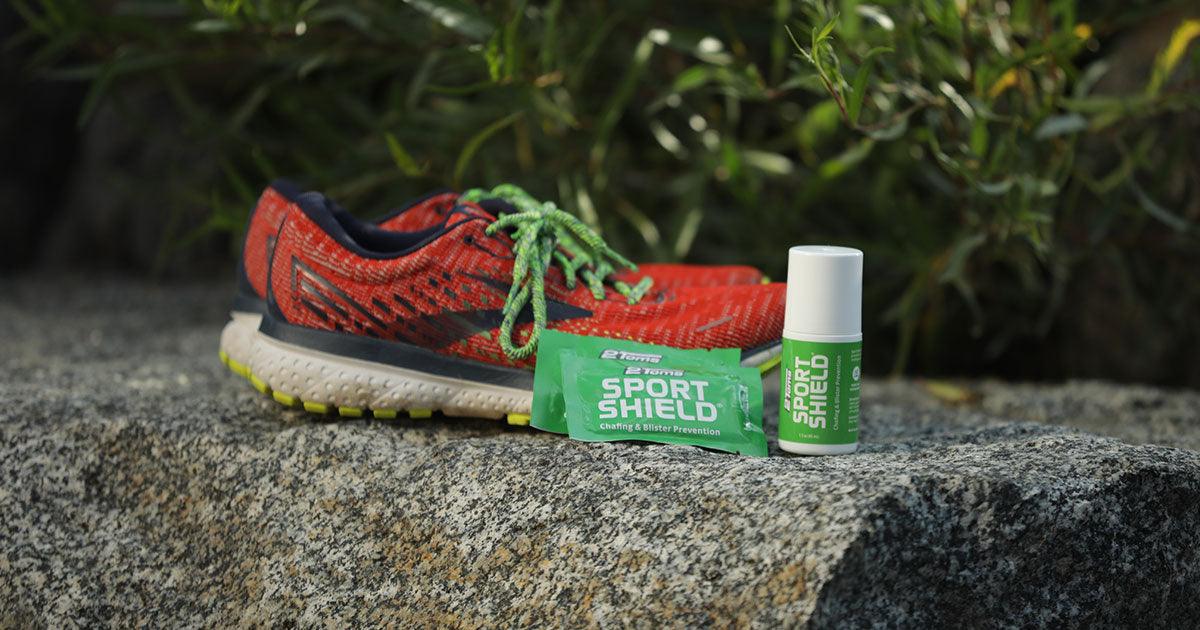Jumpers Knee vs Runners Knee
If you're an active individual who enjoys working out, running, and playing sports, there's a good chance that you'll experience jumper's knee or runner's knee at some point in your life. While both of these conditions are common and can be treated without surgery, understanding the difference between the two issues can help you identify the right course of action if ever you're affected by one of these conditions. This guide serves as a detailed comparison between jumper’s knee vs runner’s knee.
Table of contents:
- What Is Runner's Knee?
- What is Jumper's Knee?
- Causes of Runner's Knee and Jumper's Knee
- Signs and Symptoms of Runners Knee and Jumpers Knee
- Treatments Available for Both Conditions
What Is Runner's Knee?
Runner's knee is a more commonly used name for a condition known as patellofemoral pain syndrome. This particular condition occurs as a result of femur and patella having abnormal movement patterns and contact. The femur is your thigh bone, while the patella is your kneecap.
In the event that you develop runner's knee, you'll likely experience pain and discomfort beneath and in front of your kneecap. The amount of pain that you experience depends on the severity of the condition. As you can tell from the name, runner's knee is common among individuals who tend to run frequently while exercising or playing sports.
What is Jumper's Knee?
Jumper's knee is an issue that occurs within the patellar tendon, which is located at the very bottom of your kneecap. If you believe that you're suffering from jumper's knee, it's important to understand that this term could describe several different conditions. The types of knee problems that are referred to as jumper's knee include inflammation, a tear in the patellar tendon, or the thickening of the patellar tendon.
If the patellar tendon has become inflamed, this condition is known as patellar tendinitis. Thickening of this tendon is also known as patellar tendinosis. While the patellar tendon starts at your kneecap, it runs down to the top of your shin bone. Whenever the quadriceps muscles in your thigh contract, your patellar tendon will be pulled, which results in your knee straightening and extending your leg.
Unlike runner's knee, the pain that occurs with jumper's knee will likely decrease as you exercise or work out. Once the tendon becomes active, the pain will typically subside briefly. However, you should expect the pain to come back and potentially worsen once you've stopped exercising. The issue with jumper's knee is that some individuals affected by this condition believe that exercising more will help with pain relief. If, however, the tendon is torn or inflamed, it's highly recommended that you rest the knee until you obtain the right treatment.
Causes of Runner's Knee and Jumper's Knee
There are numerous underlying factors and causes of runner's knee that you should be on the lookout for. While these underlying factors don't always cause runner's knee to develop, they will increase your risk of developing the condition. It's possible that runner's knee has started to affect you because of errors in your training.
If you suddenly increase the intensity or volume of the training you do, this could place undue amounts of stress on your patellofemoral joint. This particular joint could also be damaged in the event that you've recently been injured but have had a poor recovery time before starting to exercise again. If you don't allow your injuries to heal properly, it's much more likely that additional injuries will occur throughout your body.
You also want to try to avoid overusing the knee or doing too much with the knee while training. If you use your knee too much for a prolonged period of time, runner's knee may develop because of the general stress placed on your femur and patella bones. Even the best athletes in the world can experience runner's knee if they overuse their knee in a short period of time.
If you've recently experienced an ankle, knee, or hip injury, it's important to understand that runner's knee could occur as you recover from your injury. When any of these body parts are injured, you will invariably do what you can to keep your weight off the injured area. Even though it's important to prevent the injury from worsening, your knee's biomechanics could change as a result. Eventually, you may begin to experience symptoms of runner's knee. Some of the additional causes associated with runner's knee include:
- Excessive body weight - If you're currently overweight, it's likely that too much stress is being placed on your knee.
- Focal weakness - If your hip or thigh muscles are weak for some reason, the patellofemoral joint will take on additional stress to compensate for this weakness.
- Flexibility - In the event that your hamstrings, calf, or thigh is particularly tight and inflexible, runner's knee could develop.
As for jumper's knee, the causes of this condition are much more straightforward. In the event that you overuse the patellar tendon or suddenly place too much stress on the tendon, jumper's knee could occur. This particular injury is common among basketball and volleyball players who are required to jump regularly while playing a game. When you jump, a high amount of force is placed on your patellar tendon as you land.
If you use this tendon too much in a short period of time, your risk of developing jumper's knee increases. An awkward fall or landing could also cause enough damage to the patellar tendon to cause jumper's knee. In most cases, jumper's knee will result from the knee becoming thickened or inflamed. Although rare, it's possible for the patellar tendon to become torn, which would result in more severe symptoms and sharper pain. A tear in the tendon also has a lengthier recovery time.
Signs and Symptoms of Runner's Knee and Jumper's Knee
Even though runner's knee and jumpers knee are similar conditions, the symptoms associated with the two differ somewhat. Runners knee symptoms are somewhat more subdued when compared to the symptoms for jumper's knee. The primary symptoms associated with runner's knee include:
- Dull pain towards the front of your knee
- Grating or grinding sensation that occurs whenever you bend your knee
- Sharper knee pain whenever you squat, kneel, or climb the stairs
- Your kneecap will be tender to the touch
The symptoms that develop when you experience jumpers knee are typically more noticeable and may lead to more pain when you place undue amounts of weight on your knee. The primary symptoms of jumper's knee include:
- Sharp pain that occurs right below your kneecap
- Swelling in your knee
- Pain whenever you straighten or bend your leg
- Pain when you place weight on your leg
Being able to differentiate these symptoms will help you determine which condition you're suffering from, which will allow you to obtain the right treatment.
Treatments Available for Both Conditions
When you're comparing jumper’s knee vs runner’s knee, it's important that you obtain the right treatment, which can differ depending on your exact injury. Some of the more common treatments that can be used to help you recover from both jumpers knee and runners knee include:
- Painkiller injections
- Anti-inflammatory medications
- Extensive physical therapy
- Osteopathic manipulation
- Surgery
Keep in mind that surgery is only reserved for severe cases of runner's knee or jumper's knee.
Immediate and Long-Term Relief for Runner's Knee
There are a number of medical products that can aid you in the recovery process when you suffer from runner's knee. For instance, the Cho-Pat® Dual-Action® Knee Strap offers support below and above the knee, which reduces the amount of force that's placed on your knee as you run.
Additional treatment solutions for runner's knee include: Cho-Pat® Original Knee Strap
Immediate and Long-Term Relief for Jumper's Knee
The medical products that can assist with healing jumper's knee are relatively similar to the ones that aid with runner's knee. For immediate relief, you could obtain the Cho-Pat® Dual Action Knee Strap, which allows you to have full mobility while the injury heals.
Another form of immediate relief is available with the Cho-Pat® Knee Stabilizer, which provides direct support to the kneecap that should result in less inflammation, pain, and knee degeneration.
Some additional products to consider for immediate relief from jumper's knee include: Cho-Pat® Original Knee Strap
As for long-term relief, consider using Tuli's® Heavy Duty Heel Cups in your athletic shoes.
Conclusion
Once you determine whether you're suffering from runner's knee or jumper's knee, you can start searching for the ideal treatment. With the aforementioned treatments in mind, you should be able to identify a solution that assists you in relieving the pain and symptoms you're currently going through.
PLEASE NOTE: The information on this website and article is for information only and should not be used as a substitute for consulting your doctor. Consult your doctor for proper diagnosis and rehabilitation.









